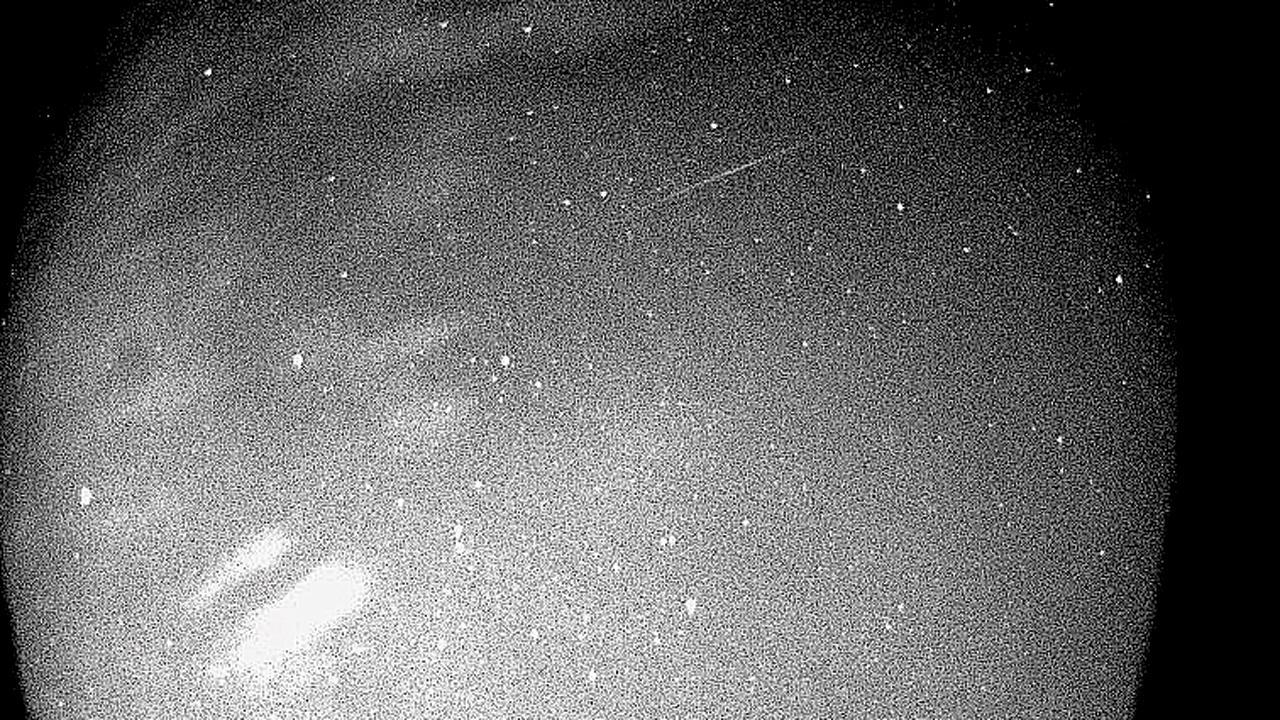Home / Mumbai-guide / Things To Do / Article /
Spot Quadrantids meteor shower at these locations in Mumbai
Updated On: 04 January, 2024 07:35 AM IST | Mumbai | Ansy Austin
The Quadrantids meteor shower will peak this evening and into the first half of tomorrow. Here’s your chance to spot this stunning celestial spectacle in Mumbai and its surrounding areas

This Quadrantid meteor shower was captured in 2011 using an A 4 second exposure and a wide-angle lens at Ladd Observatory in the USA. Pic Courtesy/Wikimedia Commons
The Quadrantids that peak in early-January are considered to be one of the best annual meteor showers. “This year, the Quadrantids — a very active meteor shower consisting of hundreds of rocks and shooting stars — will be a special sighting,” informs Sayali Sawant, a student of Astrophysics at Indian Institute of Science Education and Research, Thiruvananthapuram (IISER), adding, “Astronomers have predicted that they would no longer be visible by 2400. Most meteor showers are due to their parent comet leaving debris near Earth’s orbit around the Sun. Quadrantids also had their parent comet [C/1490 Y1], that is suspected to have been captured by Jupiter’s gravity in the past (4,000 years ago), forming meteors in the process.” Sawant adds that it has been predicted that these meteors will have a close encounter with Jupiter sometime by the year 2400, which will change the meteor’s path in such a way that Quadrantids will never be visible from Earth since that date.
Quadrantids are amongst the brighter meteor showers to occur with a high meteor rate per hour. Krushi Parekh, a volunteer at Amateur Astronomy Club, reasons why it’s a great opportunity to view this meteor shower, “Mumbaikars have only a few months of winter and summer of clear skies when they can witness such meteor showers. Chances of clear skies around monsoon months are low.”




